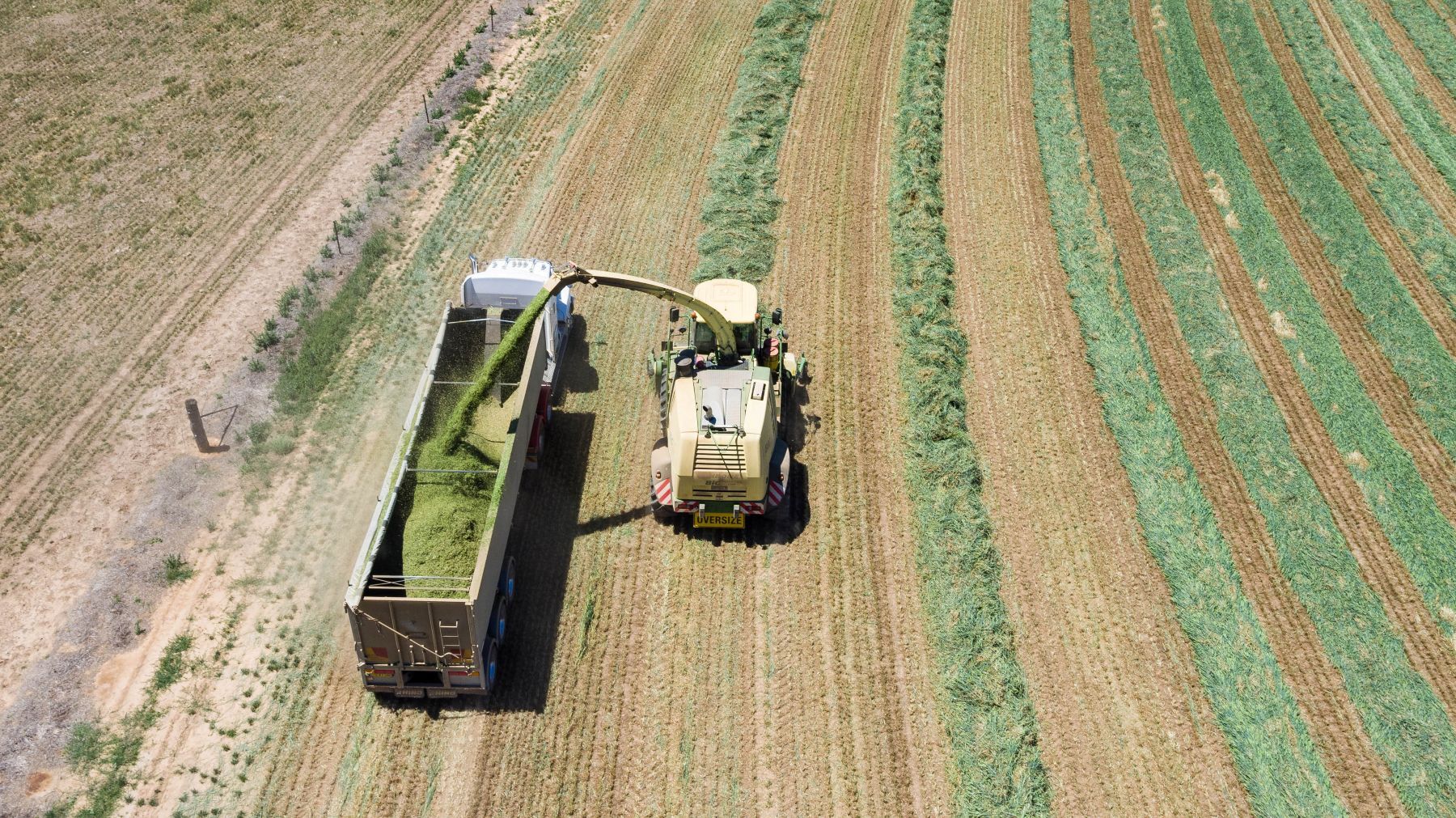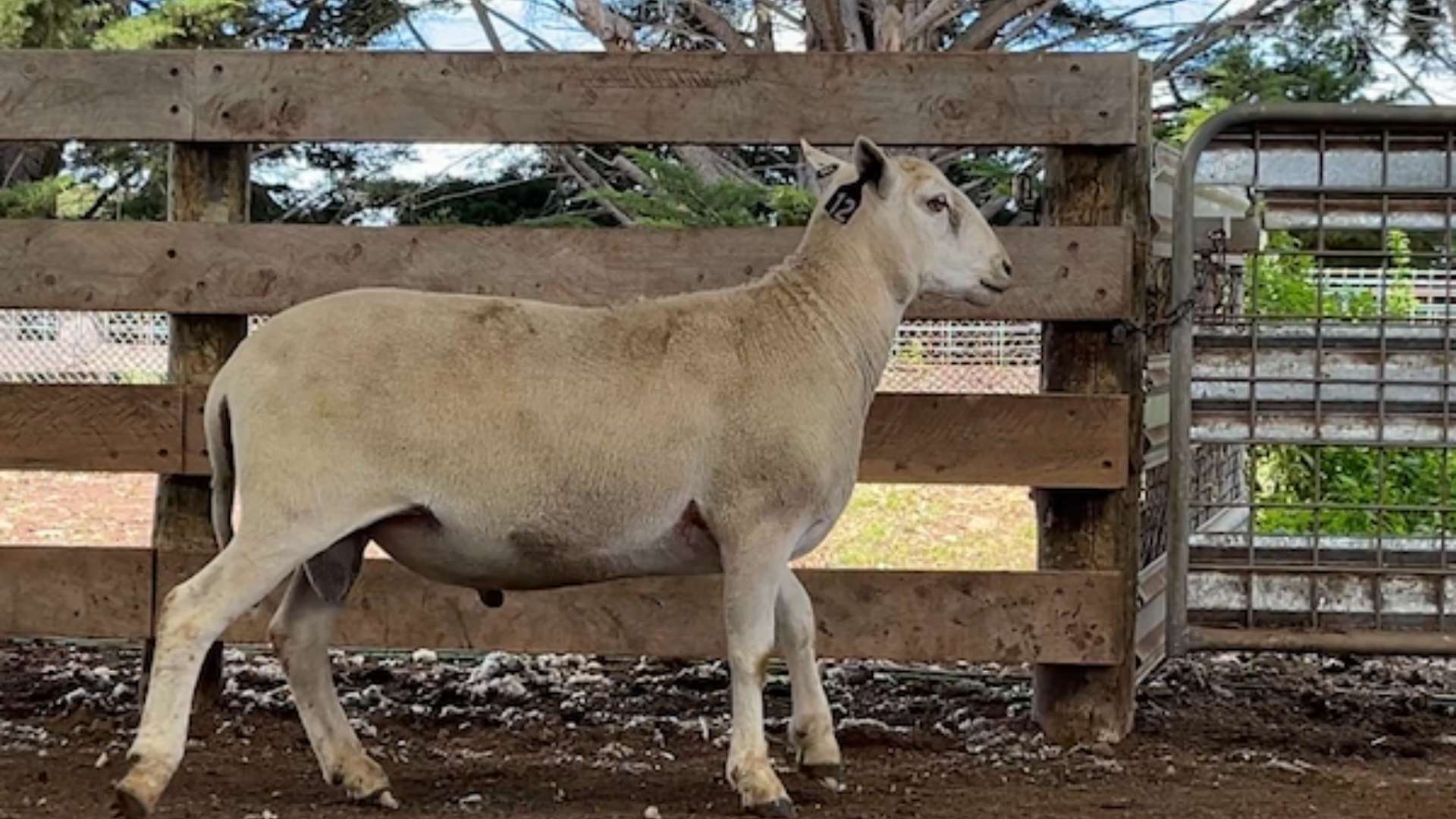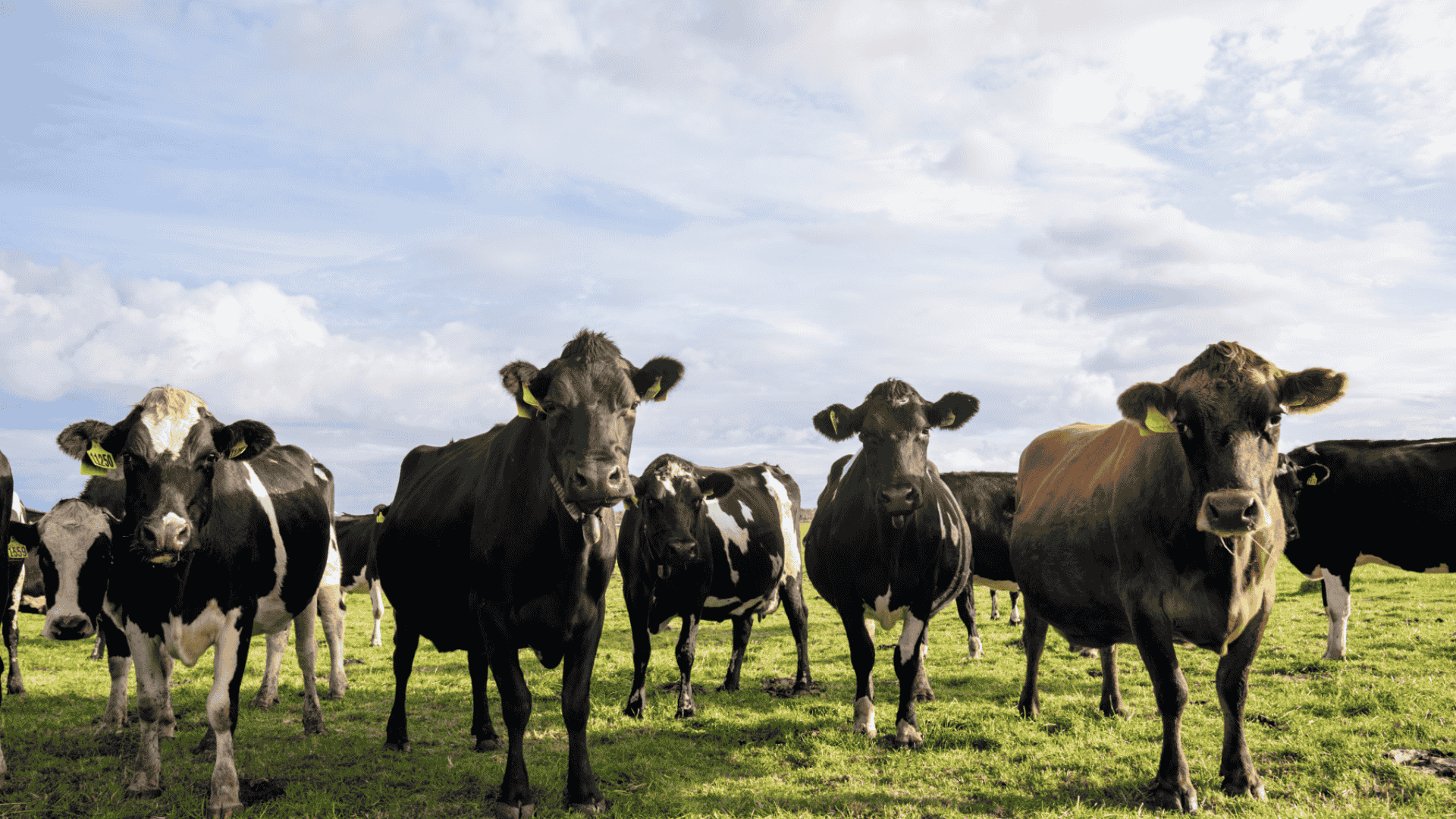Your guide to the 2026 weaner sales on AuctionsPlus
The 2026 selling season is set to commence in early January, with a comprehensive calendar of feature weaner, breeder and store cattle sales being...
2 min read
Michele Jolliffe, Agriculture Victoria, Hamilton : Sep 30, 2025

Capitalising on the spring surplus will be critical on farms this year. While some things are out of our control, focusing on key factors will help ensure that you get the best possible return.
Five key factors for silage this season are:
Making silage can be an expensive exercise, so it only makes sense when pasture growth
exceeds animal requirements. In a reasonable year on most farms, this generally occurs in
early to mid-September.
Once cutting is delayed beyond six weeks, the quality of the silage declines more rapidly than if
no nitrogen is applied and this can result in large quantities of low-quality silage which is
unsuitable to feed cows in the early stage of lactation.
By using rates of nitrogen up to 50 kg N/ha, responses of 18 kg DM/ha for every kg N applied,
six weeks after application can be produced.
Ideally, the plan is to cut pasture when the ryegrass component of the sward is at early ear
emergence.
Due to the seasonal conditions this year, it is more likely that paddocks will be cut at a range of
times, for example, when it is still vegetive or later than early ear emergence.
As a result, it will be critical to ensure that the forage hits dry matter targets quickly, so it
doesn’t lose quality.
It has been shown that the use of tedders has a beneficial effect on both final silage
metabolisable energy and crude protein. The length of the wilting period will be dictated by the
type of silage to be made and weather conditions.
Given reasonable drying conditions material should be ready for pit silage within 48 hours and
for bale silage within 72 hours.
It’s important to ensure that the material being ensiled is tightly packed into either a pit or the bale and that it is sealed promptly.
The ideal dry matter of pasture for pit silage is 30%, any lower and effluent may be a problem, and any higher compaction may be difficult.
The dry matter percentage of bale silage should be about 45 – 50%. At this dry matter a
reasonable fermentation should occur, and it reduces the chance of spoilage.
For more information about drought support visit www.agriculture.vic.gov.au/drought or call 136 186.
.png)
The 2026 selling season is set to commence in early January, with a comprehensive calendar of feature weaner, breeder and store cattle sales being...

The first-ever stud ram sale to use integrated Sheep Genetics ASBV data on AuctionsPlus has been hailed a success, with buyers responding strongly to...

Victoria and NSW have both green-lighted virtual fencing technology for cattle this week. Farmers adopting this technology, which uses collars with...